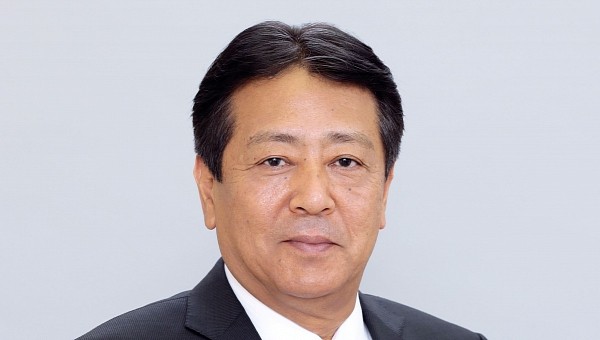Mazda isn't thinking of producing electric models in the U.S. earlier than the second half of Phase 2 because there's so much to evaluate and study first. Moreover, suppose they decide to produce an electric model in the U.S. In that case, they will not build a dedicated plant for that but will use either the factory from Alabama in the U.S. or Salamanca in Mexico.
Last month, Mazda unveiled a three-phase electrification plan until 2030, in which it will invest $11.07 billion: Phase 1 (2023-2024), Phase 2 (2025-2027), and Phase 3 (2028-2030).
Mazda has yet to decide whether it will produce its batteries for electric cars. It studies batteries in terms of chemical reactions and wants to familiarise itself with these technologies. After that, however, it will decide whether Mazda can produce the batteries and whether this production is profitable in Phase 3 of the program (2028-2030).
Marumoto believes sales of EV models will continue to grow but cannot predict when they will become dominant in the market because there are too many uncertainties. Like other top auto industry executives, Marumoto says in an interview for Automotive News that the auto industry alone cannot achieve the goal of living in a carbon-neutral climate.
Energy production needs to be carbon neutral to accomplish this objective. In addition, it won't help to increase sales of EV models in countries where energy production is still based on coal and oil.
In the same interview, Marumoto said that Mazda will electrify the next-generation MX-5 but wants to keep the driving pleasure that is the essence of the Mazda brand.
As for pricing, he said he wants to stop with the price increase and that he doesn't think Mazda will turn into a premium brand. But he finds it frustrating that people talk about premium and non-premium.
On sales, Marumoto said the priority is profitability and not volumes. Therefore, it is not essential whether Mazda will sell 1.55 or 1.7 million units in the fiscal year ending March 31, 2023, but whether it will reach projected revenues of $33.21 billion.
As for the U.S. market, the target remains 450,000 units, but this is not its main goal. Instead, the priority is to maintain sales quality in the U.S.. In addition, the new CX-70 and CX-90 models will contribute significantly to sales growth.
















